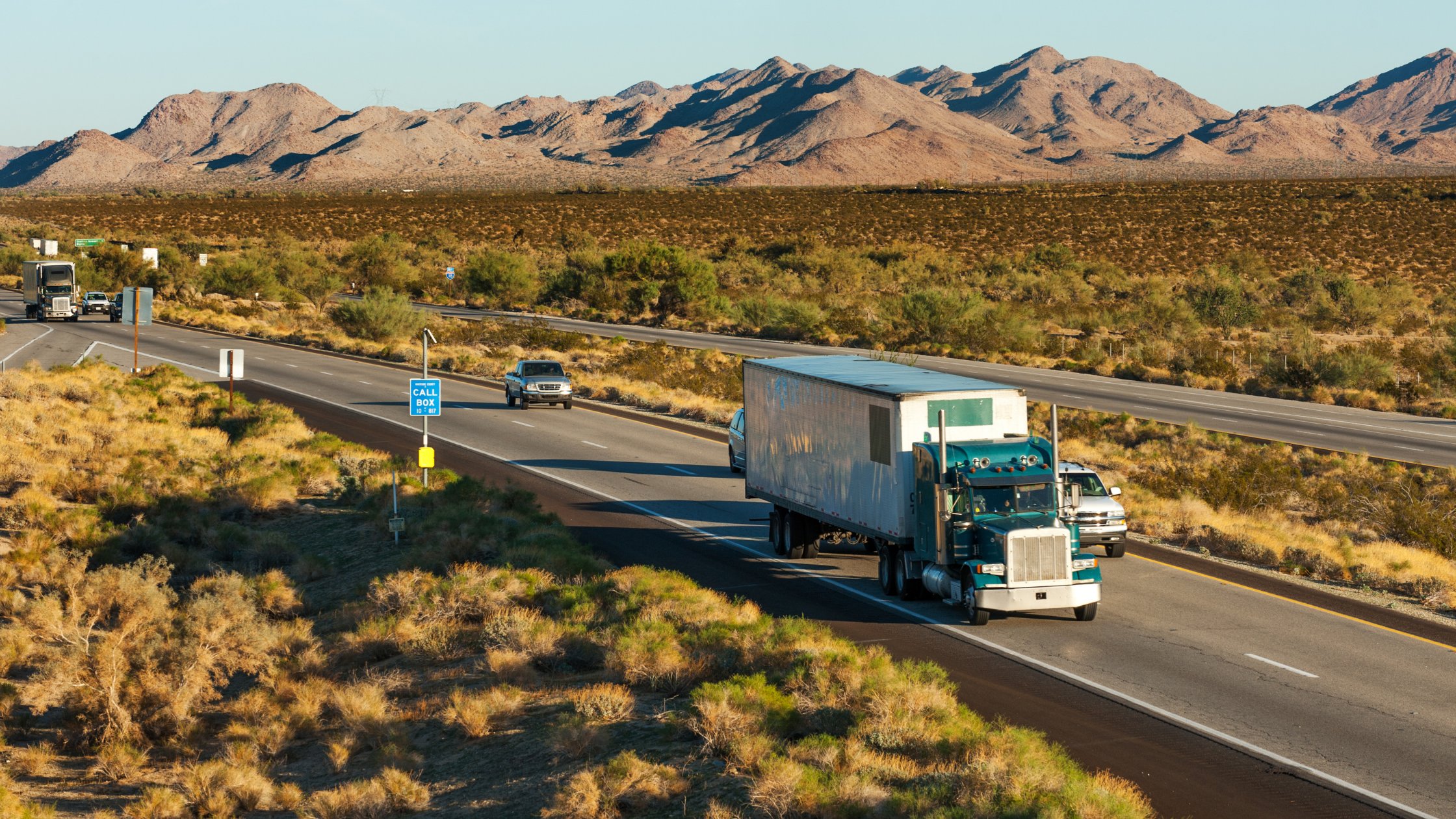Rideshare Employees vs Independent Contractors
In November of 2020, California passed Proposition 22, an initiative that would allow certain rideshare and delivery companies to classify their drivers as independent contractors. The statute overruled California’s Assembly Bill 5 (AB 5), which was signed over a year prior in September of 2019. AB 5 instituted a three-factor test for acquiring independent contractor status.
To be categorized as an independent contractor, the bill requires the person/employee to be:
- Free from a hiring entity’s control in regards to their performance and work completion
- Performing tasks/work outside of the hiring entity’s usual course of operations
- Engaged in an established trade, occupation, or business of the same nature as the work performed
The passing of AB5 and its test led to an abundance of gig economy workers being labeled as employees instead of independent contractors. This classification change took a toll on benefits, wages, and other occupational aspects. So, what does Proposition 22 mean for rideshare and delivery employees?
→ What’s the Difference Between an Owner/Operator and an Independent Contractor?
How does Proposition 22 affect app-based drivers?
Proposition 22 was a California ballot initiative that responded to the state’s recently passed Assembly Bill 5. AB 5 codified the California Supreme Court’s decision in Dynamex Operations West, Inc. v. Superior Court of Los Angeles that required employers to classify workers as employees unless they met the qualifications of an independent contractor according to the bill’s “ABC test.” And while AB 5 included exemptions from the Dynamex test for certain occupations, app-based rideshare drivers were not among the list. Since the bill’s passing, rideshare companies and delivery services have faced numerous legal suits disputing driver classification. With Proposition 22, companies like DoorDash, Uber, and Lyft could continue classifying their California drivers as contractors.
More specifically, the proposition allows these companies to label their drivers as independent contractors so long as they don’t:
- Provide specific dates, times, or a minimum number of hours a driver must work
- Require drivers to accept specific delivery requests
- Prevent drivers from taking employment with other rideshares and/or delivery services or any other lawful business
In exchange for this allowance, the proposition requires these rideshare and delivery businesses to offer specific compensation and benefits for their drivers. The initiatives’ statement of purpose declares that it intends to enact labor policies specific to California rideshare companies and drivers. These policies will protect the legal rights of rideshare drivers and ensure that they are afforded employment protections and benefits, including minimum wage, healthcare subsidies, automobile accident insurance, and more.
Proposition 22 also states:
- Rideshare drivers are entitled to 120% of California’s mandated minimum wage for their engaged time (i.e., the time between accepting a service request and fulfilling/completing said request) in addition to 30¢ per engaged mile.
- Rideshare companies will provide drivers who average a minimum of 15 hours per week with a healthcare subsidy that is consistent with the requirements stated in the Affordable Care Act.
- Rideshare companies will provide occupational accident insurance (with at least $1 million in coverage) to drivers for medical expenses and lost income resulting from an injury sustained while active on the company’s app.
- Rideshare companies must obtain automobile liability insurance (with at least $1 million in coverage) to protect and compensate third parties that sustain any injuries and/or losses caused by a driver during their engaged time.
→ How the PRO Act Could Affect Owner/Operators
Why was Proposition 22 declared unconstitutional?
While companies like Uber, Lyft, and DoorDash praised the passing of the ballot, others were not so enthused. Some even saw the proposition as unconstitutional, including Alameda County Superior Court Judge Frank Roesch. In August of 2021, he ruled in favor of a lawsuit filed by the Service Employees International Union, calling the initiative “unenforceable.” He stated that multiple sections negated specific California laws, including a stipulation that required a seven-eighths majority for amendment approval, making any attempt at change nearly impossible. The judge also agreed that the proposition’s ban on workers’ rights to collective bargaining violated California ballot measures that limit single subject provisions.
Despite the judge’s ruling, the proposition remains in effect. The Protect App-Based Drivers & Services Coalition (PADS) and other committees and companies in favor of Proposition 22 plan to appeal the ruling to keep it in effect. However, other organizations, like the “No On Proposition 22” coalition, are fighting against those in favor and working to have copycat bills in other states overruled.
What are the pros and cons of Prop 22?
As previously mentioned, Proposition 22 would give rideshare companies the right to classify their employees/drivers as independent contractors and guarantee things like minimum wage, occupational benefits, and more. However, there are some concerns in regards to the effect this initiative could have on would-be employees.
The pros and cons of Proposition 22 include:
PRO: Drivers will have guaranteed minimum earnings, calculated at 120% of minimum wage.
CON: Earnings are based on a driver’s engaged time and do not cover the time spent waiting for a service request.
PRO: Drivers will receive a 30¢ reimbursement for engaged miles.
CON: Reimbursements will not be given for gas, maintenance, cleaning, or necessary PPE (i.e., disposable face masks, sanitizer, etc.).
PRO: Employers will subsidize 41% of healthcare at a weekly average of 15 hours (engaged time). At 25 hours or more, employers will subsidize 82%.
CON: On average, ⅓ of a driver’s time is spent waiting for a service request, meaning it could take at least 20 hours to reach the 15-hour requirement.
PRO: Rideshare companies are required to provide occupational accident insurance (with coverage equaling at least $1 million), automobile liability insurance (with coverage equaling at least $1 million), and disability payments. Accidental death insurance will also be made available to the driver’s spouse, children, and/or other dependents.
CON: Insurance coverage and disability payments will be dependent on a driver’s engaged time. For instance, if an accident occurs while the driver is awaiting a service request, the coverage may lapse. Regarding disability payments, the driver will only receive 66% of their average weekly earnings (calculated from the month before the sustained injury).
In addition, rideshare workers would not have access to paid paternal/family leave, paid sick leave, or unemployment compensation or benefits with Proposition 22. However, there is no way of knowing whether or not this will become an amendment in the foreseeable future. The Legislative Analyst’s Office also said that with the passing of Proposition 22, app-based companies wouldn’t be forced to pay their employees as much, which would keep fares and fees low for customers.








